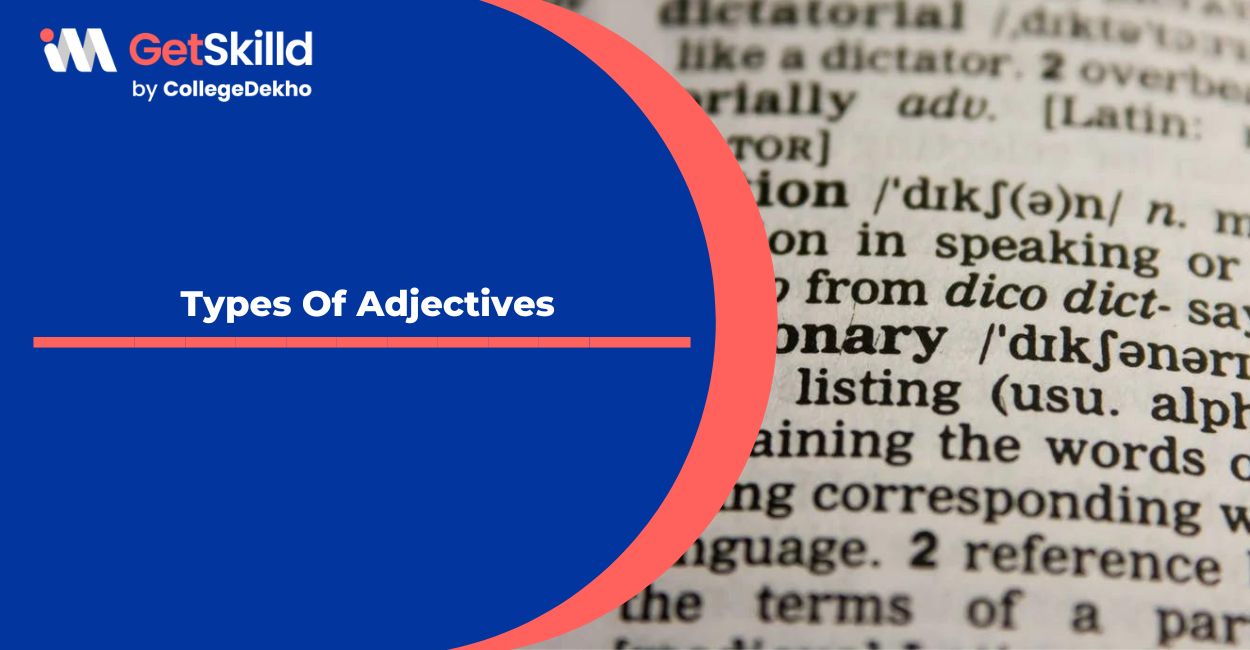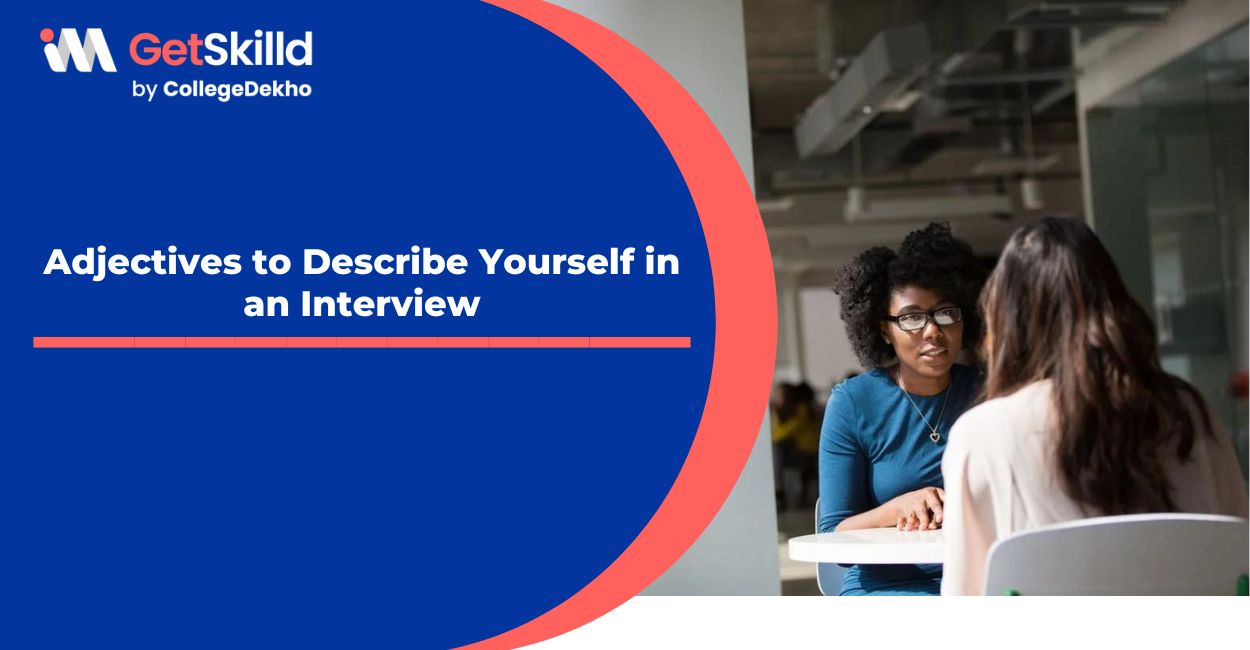10 Types of Figures of Speech in English
5 min read
Updated On
-
Copy link
Want to sound more natural in English? Check out the top 10 types of figures of speech in English, from puns to similes, with easy examples! Test your knowledge and upgrade your IELTS vocabulary in a fun way here!
Table of Contents

Limited-Time Offer : Access a FREE 10-Day IELTS Study Plan!
As you prepare to master the English language, especially for exams like IELTS, most of the learners like you focus on grammar, vocabulary, and fluency. However, in order to sound more natural and expressive just like a native speaker, understanding the figures of speech in English becomes important.
These kinds of literary tools add depth, and emotion to a person’s communication by going beyond their literal meanings. Although they may not be straight away tested in the IELTS exam, having a knowledge of the types of figures of speech in English are frequently used in everyday conversations, entertainment, literature, and also academic texts.
Using them effectively can easily enhance your spoken and written English. So now, let us explore what figures of speech are, the types, and how they can boost your communication skills!
What are the Figures of Speech in English?
Before we move forth with its types, let’s address the question: What is a figures of speech? It refers to a word or phrase with a different meaning than its literal meaning. It helps in understanding meaning by identifying or comparing one thing with another.
To give examples, figures of speech in English can be a metaphor, simile, allusion, personification, etc., to name a few, which helps to better understand the concept.
Learn figures of speech in English and improve your fluency with our best experts! Book a FREE Demo
10 Most Important Types of Figures of Speech in English
There are several types of figures of speech. Here we have the 10 most important figures of speech covered in this article. Let’s understand what each of it implies.
1. Simile
Not to be confused with ‘Smile’. A simile is a figures of speech in which two completely unrelated things or ideas are directly contrasted by using the words “like” or “as.” Hence, when you see a direct comparison being made between two irrelevant things, it’s a simile.
Some examples of Simile can be:
- Light as a feather
- Beautiful like a flower
2. Metaphor
Metaphor compares two unrelated things without using “like” or “as” (unlike Similie). This figures of speech, though used to make comparison, is pretty direct. Metaphors are powerful tools that allow us to unleash our creativity, reveal our inner worlds, and excel in our writing and speaking. They can help the audience understand an idea more clearly. Metaphors can also show us that something is a symbol of something else.
Some examples of Metaphor can be:
- Time is precious.
- I can smell success in this game.
3. Personification
Personification is a figures of speech in which a thing, idea, or expression is given human characteristics and/or emotions or is discussed as if it were a person. Poets use it to compare a person like you to something beautiful, like an animal interested in reading this.
For example:
- The train is running late today.
- My system died amidst my work
4. Paradox
A paradox is a figures of speech in which a statement seems to conflict. A great paradox happens in your mind when you find out that you forget to turn on the switch after plugging in the charger.
Some examples of paradox statements can be:
- The enemy of my enemy is my friend.
- This is the beginning of an end.
5. Antithesis
Antithesis is a figures of speech where there is a simultaneous use of two components in opposition to one another in grammatical structure. It’s interesting to know that the most motivational or inspiring quotes are all antithesis statements.
For example:
- No pain, no gain
- Speech is silver, but silence is gold
6. Assonance
Assonance is a literary device in which similar vowels are repeated in two or more words close together within a line of poetry or prose.
For example:
- Dumb luck
- Keep your eyes peeled
7. Irony
Irony is a figures of speech used in most literary works. The irony is a figures of speech in which two contradictory statements turn out to be a reality different from what appears true.
For example:
- The noise in the silence was quite disturbing.
- The richest seemed to be the poorest of all.
8. Juxtaposition
By Juxtaposition, it means a figures of speech that happens When two different or opposite words or concepts are placed next to each other. Juxtaposition can highlight the differences or similarities of two seemingly unrelated ideas.
Some examples of Juxtaposition can be:
- All is fair in love and war
- When it rains, it pours
9. Oxymoron
An oxymoron is a figures of speech that brings together opposite words. Combining these contradictory elements creates a strong effect to confuse the reader or make them laugh. The oxymoron is an ancient Greek word that best translates to something like “clever dumb.” In other words, the definition of an oxymoron is itself an oxymoron.
Some examples of Oxymorons are the following:
- Cruel Kindness
- Blind Sight
10. Pun
A pun is a figures of speech that can be put as “a wordplay”. It usually involves words with similar or the same sounds but different meanings. Their wordplay also relies on a word or phrase having more than one meaning. Puns are usually intended to be humorous, but they often serve a serious purpose in literary works.
Here are some examples of Puns:
- The boiled egg is hard to beat
- Never write with a broken pencil because it is pointless.
Get our top-rated IELTS Vocabulary Ebook to learn advanced grammar for your IELTS test!
Few More Figures of Speech in English
| Figures of Speech | Definition | Example of figures of speech |
|---|---|---|
| Euphemism | Speaking in a favorable way about others. | He is a legend. |
| Synecdoche | Understanding something fully by referencing a part of it. | How many closures are you expecting this month. Here ‘closure’ refers to the number of leads that is supposed to be closed by someone. |
| Metonymy | Using one word or phrase in place of another with which it’s closely related with. | The pen is mightier than the sword. |
| Apostrophe | Addressing someone or something not present as if it is present. | Love, will you leave me again? |
| Litotes | Using negative words to express a positive statement. | These typos are actually the ones that saved me. |
| Interrogation | Asking question to create an effect but not for someone to answer. | What is life without some entertainment? |
| Exclamation | Expressing strong emotions like joy, anger, and surprise. | We won! |
| Climax | Words, phrases or clauses are arranged in order of increasing importance. | If you think that’s bad, wait till you see the worse. |
| Anticlimax or Pathos | Words, phrases or clauses are arranged in order of decreasing importance. | She is a great writer, a mother, and a good philanthropist. |
| Alliteration | Two or more neighboring words having the same first consonant sound. | She Sells the Sea Shells on the Sea Shore. |
| Onomatopoeia | Words that sound like the actual thing it describes. | They beeped the buzzer. |
| Circumlocution | Indirect way of something unpleasant. | You know who. |
| Tautology or Pleonasm | Two or more words in a line conveying the same meaning. | His words brought cheer and joy. |
Although we use different figures of speech during our daily conversations, we are unaware of their literal meaning. A better understanding of various figures of speech can help you get closer to effective English communication.
Also Check:

Start Preparing for IELTS: Get Your 10-Day Study Plan Today!
Recent Articles

Kasturika Samanta

Kasturika Samanta

Kasturika Samanta

Prity Mallick




Post your Comments